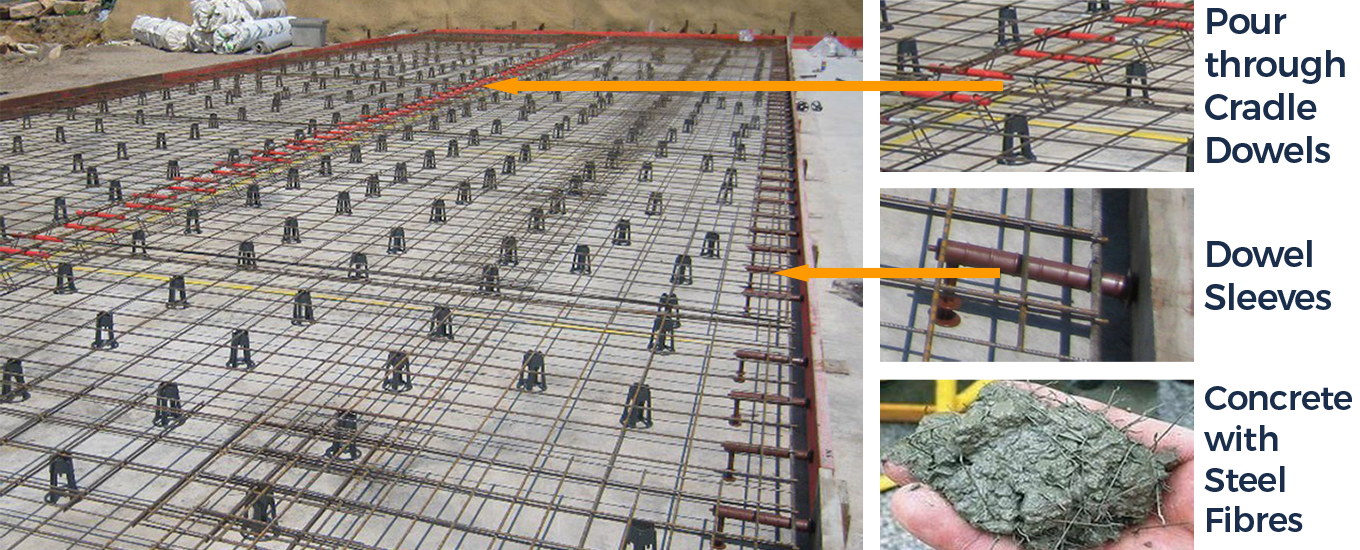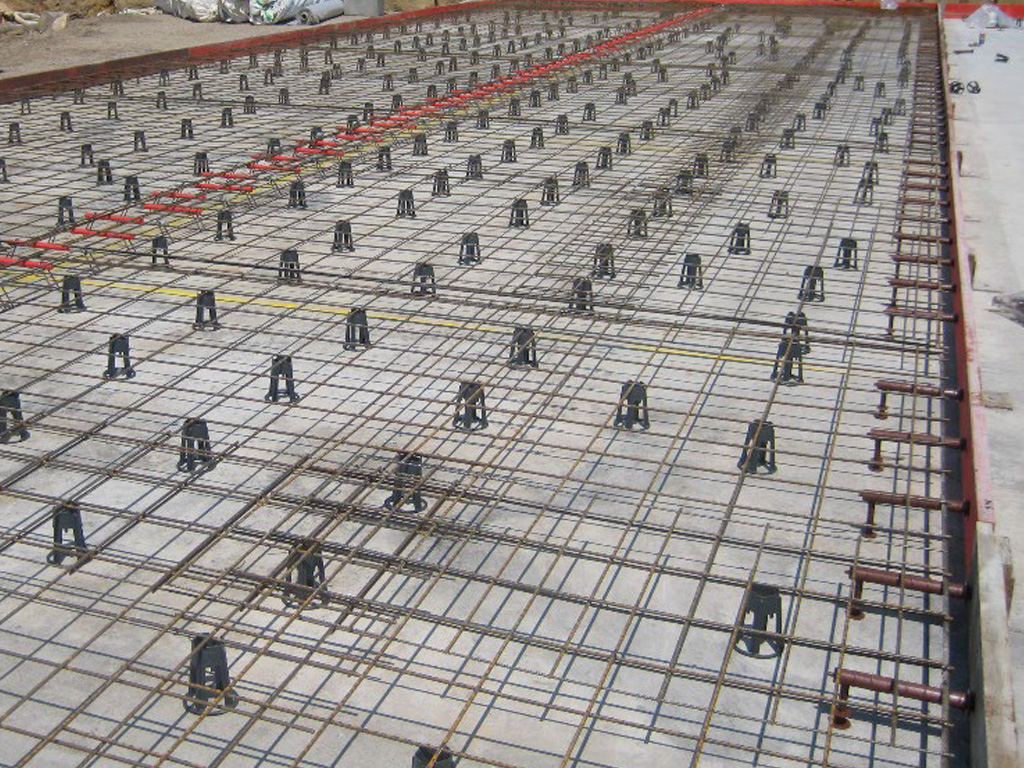Slab Replacements for Road Maintenance and When we Divert from the Standards

When completing concrete slab replacement on rigid pavements for road maintenance purposes on New South Wales state roads we predominantly following the Roads and Maritime Services maintenance specification M258 and the standard drawings. Although on occasions we must divert from the standards due to a variety of constraints. Below we have discussed diversions from the standard we have previously experienced.
When we can’t pour through cradle dowels/ load transfer joints
The Roads and Maritime Services M258 specification and standard drawings advice to go an additional
1.5 metres beyond the load transfer joints. This allows to have a tie joint into an older slab and the ability to have pour through cradle dowels. When this can’t be achieved, what can be done?
- We can drill in the required holes to install dowels the following shift. Although it is both a time- consuming process and it is difficult to ensure horizontal consistent if not using a ‘drill trolley’. If the holes are not horizontal, this will result in major cracking as loads are being transferred at angles.
- We can also use joints that create a properly sized void, known as dowel sleeves (refer to photos above) to install dowels the following shift. We have previously used dowel sleeves from the Connolly Jointing Systems https://www.connollykeyjoint.com/. It is important to secure the sleeves, as during the concrete pour, the weight of the concrete can displace sleeves. It is also important to ensure vibration of the concrete in the area around the sleeves is strictly managed, so there are no air voids.
When we can’t pour the required base pavement at the minimum required depth
- The simplest method to achieve the minimum depth of base layer is to reduce the subbase layer (usually 8:1 Sand and Cement).
- In certain situations where very shallow utilities exist or there are other issues. We can utilise steel fibres in the concrete within the base layer. This allows a reduced depth, which can control cracking more effectively and increase the properties of the slab in tension. Although the surface finish will be fairly rough due to the steel fibres.











